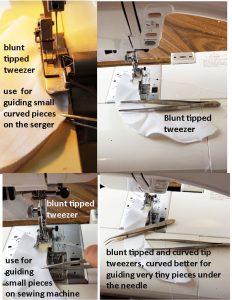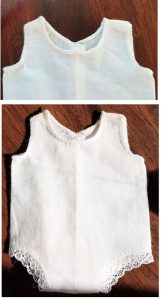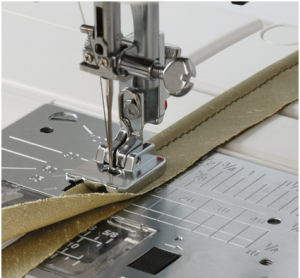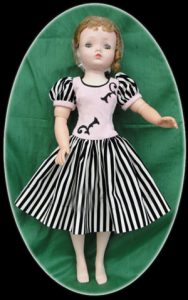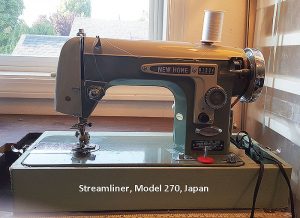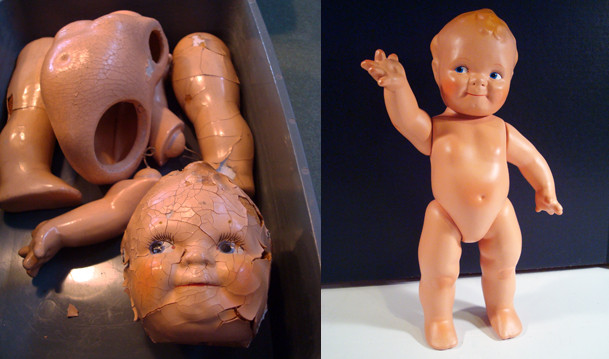Great tracing paper! Great tracing paper has to be sturdy enough to pin without tearing, to use over and over, yet you must be able to see through it easily for tracing patterns. It also needs to be wide enough ( for me) to cut or trace patterns for even long skirts for dolls, or big circle skirts for dolls. It also has to be handy– on a roll, not in sheets or a tablet — so I can reel out just what need, and either use right off the roll, or cut a piece the size I want to work with. I seldom have any use for commercial patterns, but when I do, I never cut them– I trace them so they are ready to use in tissue form that won’t easily tear when I am working with it. Many of the great old doll dress patterns you buy on eBay and such are photo copies of the old patterns and are not on tissue. By tracing them off in stead of cutting them, you not only have a pattern that is much easier to use, you have the original intact in case you need it again– or want to resell it.
I of course make most of my own patterns, which is why I need the large roll of white tracing paper…. I use it to make all my patterns. It is soft and easy to fit on the dolls, but is also sturdy enough and crisp enough to be easy to work with. It is ideal if you want to alter a pattern, too– making it a little larger or smaller for a better fit on a doll.
The tracing paper shown here is the kind I use. I wanted to be sure and have it on the blog, because I will soon be offering more patterns you may want to use, and if you do, I recommend that you trace them off. This tracing paper comes in several sizes so you don’t have to buy the size I do–the 50 yard roll. You can also get it in much smaller amounts. Click on the picture or here to see where to buy at a great price!
The craft stores sell 5″ x 7″ ziplock clear plastic bags that are just the right size and shape to easily store and access your traced patterns. With a heavy felt pen you can write what it is right on the bag. These are perfect and will lie almost flat in a small drawer.
Feel free to ask questions or make comments— you will NOT recieve any emails! Replies will be made only on this blog. We never spam our customers. Your info will not be made public.

